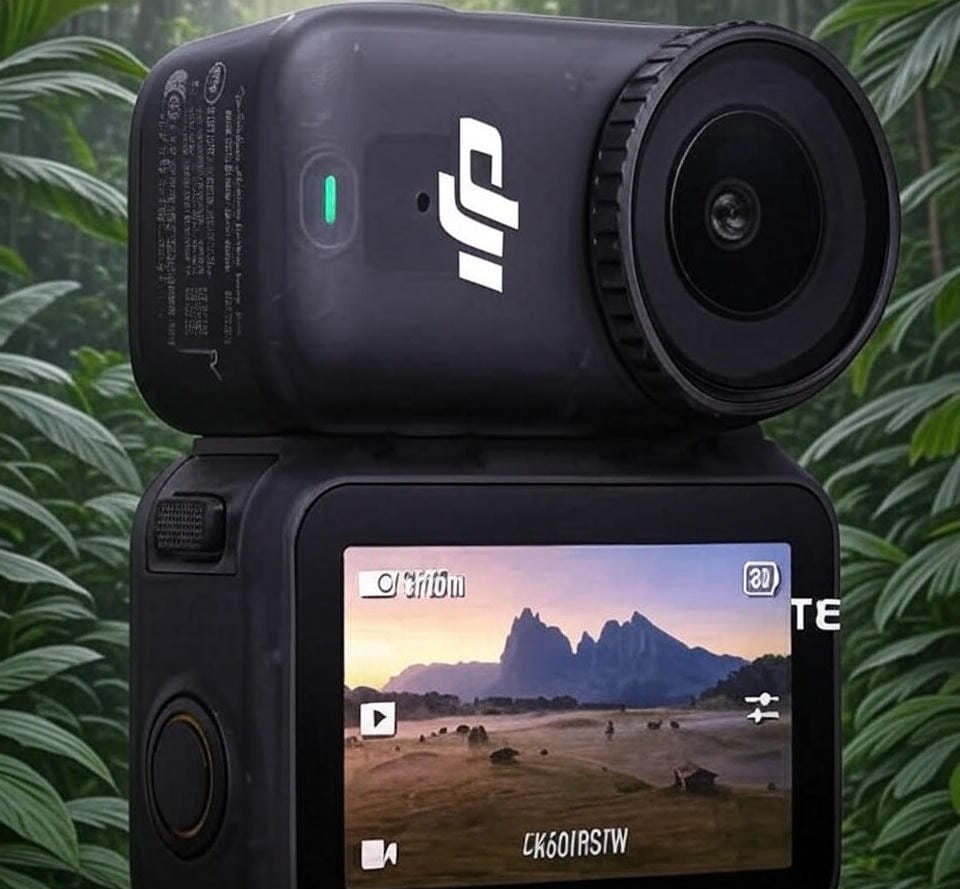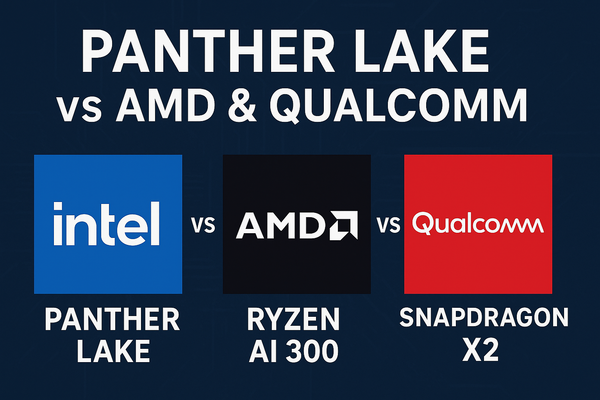Tiny Titans Clash: DJI Osmo Nano Arrives, Ready to Battle GoPro's Best

The action camera world just got a lot more interesting. Today, September 23, 2025, marks the official global launch of the DJI Osmo Nano, a highly anticipated successor to the popular DJI Action 2. But this isn't just another action cam; it's a statement. DJI is clearly gunning for the top spot, and with its innovative design and impressive specs, the Osmo Nano is poised to challenge the reigning champions, including the formidable GoPro Hero 12 Black.
Let's dive into what makes this new contender so exciting and see how it stacks up against the established king.
The DJI Osmo Nano: A New Era of Ultra-Compact Power
From the moment you lay eyes on it, the Osmo Nano screams innovation. DJI has refined the modular concept introduced with the Action 2, creating an even more streamlined and powerful system.
Key Features that Make it Shine:
- Pocket-Sized Powerhouse: The camera unit itself is incredibly small and light, weighing in at a mere 52 grams. This makes it ideal for discreet mounting, FPV drones, or simply carrying it unnoticed.
- Larger Sensor, Better Images: At the heart of the Osmo Nano is a 1/1.3-inch sensor. This is a significant upgrade that promises superior low-light performance, improved dynamic range, and richer detail compared to many competitors.
- Pro-Grade Video: Capable of shooting 4K/60fps video with 10-bit color and D-Log M profile, the Osmo Nano is not just for casual clips. These features cater to creators who demand maximum flexibility in post-production for professional-looking results.
- Magnetic Magic 2.0: The genius of the Osmo Nano lies in its dual-sided magnetic design. The camera unit magnetically attaches to the Vision Dock, which houses the main touch screen, expanded battery, and additional controls. This modularity allows for incredible versatility – use the camera on its own for minimalist shooting, or connect it to the dock for full control and extended runtime.
- Built for Adventure: The camera unit is waterproof to 10 meters, ready for your underwater escapades. The Vision Dock is splash-proof, offering protection against the elements.
- Storage Options: Available in two combos with either 64GB or 128GB of internal storage, you'll have ample space for your adventures.
While currently shipping worldwide, an official US launch is pending, though eager users might find it through unofficial channels.
Head-to-Head: DJI Osmo Nano vs. GoPro Hero 12 Black
Now, for the showdown everyone's been waiting for. How does this new kid on the block measure up against the industry standard, the GoPro Hero 12 Black?
Design and Form Factor: The Tale of Two Philosophies
- GoPro Hero 12 Black: GoPro sticks to its iconic rugged, all-in-one block design. It's built like a tank, meant to take a beating, and offers a straightforward, self-contained recording experience with front and rear screens. This is the tried-and-true workhorse for extreme sports and users who prefer a single, robust unit.
DJI Osmo Nano: The Osmo Nano champions a modular, minimalist approach. Its tiny camera unit is designed to be as unobtrusive as possible, while the magnetic Vision Dock adds functionality when needed. This is perfect for creative mounts where space is limited or for those who want a truly "invisible" camera.
Image Quality: Resolution vs. Sensor Size
- DJI Osmo Nano: With its 1/1.3-inch sensor, the Osmo Nano has a distinct advantage in light gathering. This translates to superior performance in challenging lighting conditions, reduced noise, and generally better image fidelity, especially when shooting with its 10-bit D-Log M profile. While it maxes out at 4K/60fps, the quality of those pixels is often more important than sheer quantity.
- GoPro Hero 12 Black: The Hero 12 Black boasts an impressive 1/1.9-inch sensor and can record up to 5.3K resolution. This higher resolution offers more detail and flexibility for cropping in post-production. Its 8:7 full-sensor recording mode is a favorite for creators looking to adapt footage for various aspect ratios. GoPro's colors are typically vibrant and punchy, ready to share straight out of the camera.
Stabilization: RockSteady vs. HyperSmooth
- DJI Osmo Nano: Equipped with RockSteady 3.0+, DJI's latest iteration of its impressive electronic image stabilization, the Osmo Nano promises buttery-smooth footage even in the shakiest scenarios.
- GoPro Hero 12 Black: GoPro counters with its industry-leading HyperSmooth 6.0. This technology has long been considered the gold standard for action camera stabilization, and the Hero 12 Black continues to push those boundaries.
Both systems are incredibly effective, and the choice often comes down to personal preference or subtle differences in how they handle specific movements.
Ecosystem and Features
- DJI Osmo Nano: The strength of the Osmo Nano lies in its modularity and the potential for a growing ecosystem of magnetic accessories. Its focus on pro-level color science (10-bit D-Log M) makes it a serious tool for serious filmmakers.
- GoPro Hero 12 Black: GoPro's ecosystem of mounts and accessories is vast and mature. The Hero 12 Black also offers a robust feature set including improved battery life, GP-Log for more color grading options, and easy integration with the Quik app for quick edits.
Who is Each Camera For?
- Choose the DJI Osmo Nano if: You prioritize a super-compact, lightweight, and modular design. You appreciate pro-grade image quality with excellent low-light performance and the flexibility of 10-bit color for grading. You want a camera that can disappear into your gear or mount in incredibly tight spaces.
- Choose the GoPro Hero 12 Black if: You need an incredibly rugged, all-in-one action camera that can withstand extreme conditions. You value higher resolutions (5.3K) and the versatility of 8:7 footage. You prefer a straightforward, robust user experience and a vast existing accessory ecosystem.
The DJI Osmo Nano is a game-changer for the ultra-compact action camera market, offering a compelling alternative to the traditional action cam. It’s clear that DJI is not just participating in the action camera race; they're setting a new pace. The competition is hotter than ever, and ultimately, that's great news for us, the users!




